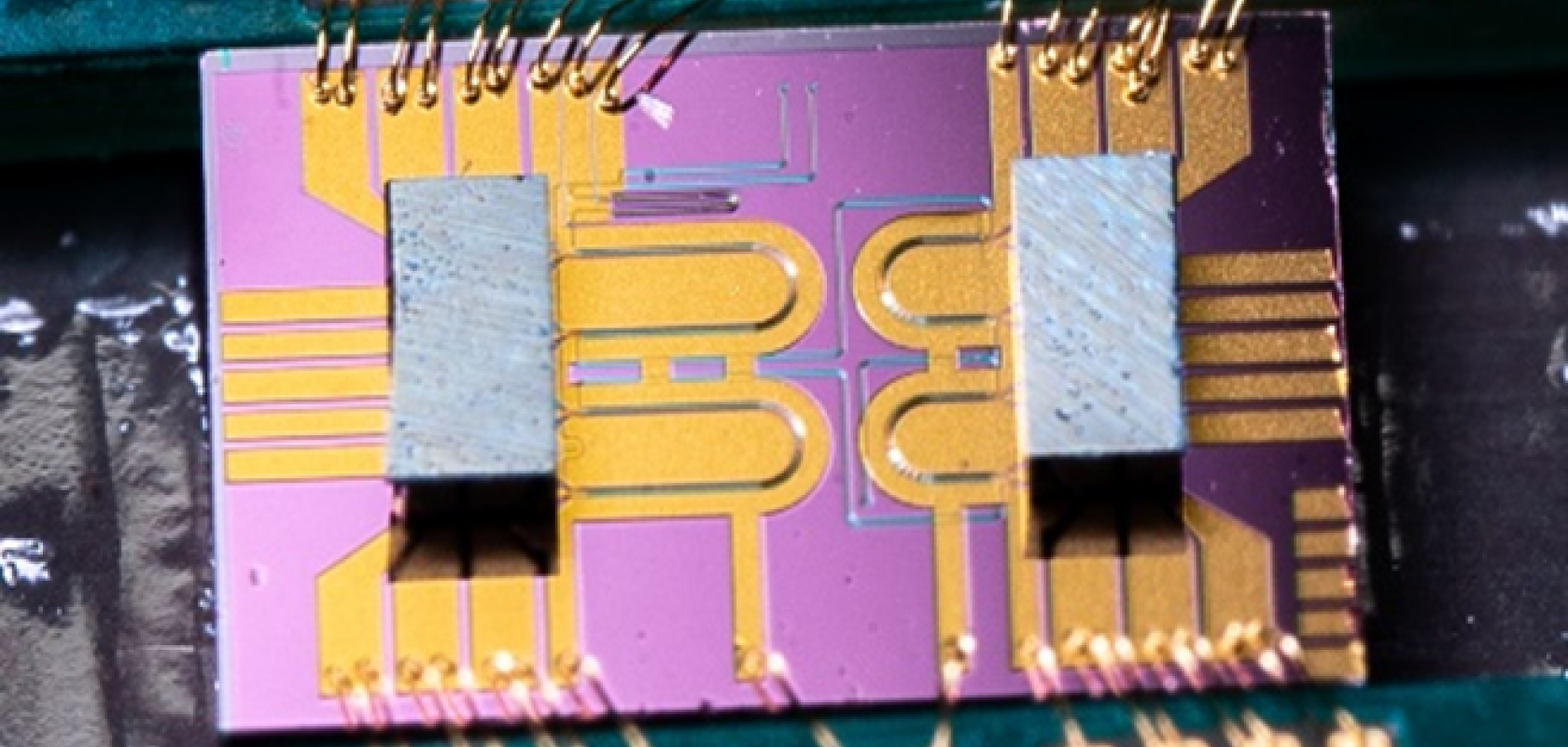Silicon photonics is making its way into computing architecture, but not without its challenges, Matthew Dale finds
With startups such as Luminous Computing and Lightmatter having announced earlier this year their raising of hundreds of millions of dollars to fund their silicon photonics efforts in AI-based computing, Electro Optics approached Professor Graham Reed, head of the Optoelectronics Research Centre’s (ORC) Silicon Photonics Group, to learn more about how silicon photonics lends itself to this exciting application field.
The real beauty of silicon photonics, according to Reed, lies in the fact that fundamental components can be brought together in numerous combinations to build very complex circuits.
Such fundamental components include interferometers, resonators and single/multimode waveguides, which together are used to control the amplitude, phase and power of the optical signals running through the circuit. ‘And this is all done using the fabrication technology of silicon electronics,’ Reed remarked. ‘All the fabrication processes are essentially the same, so they're very well known, very reliable and very reproducible.’
As the world continues to see the dramatic improvements emerging via silicon photonics, – seeing its adaptability, scalability, low cost and high efficiency – it is starting to apply it to an increasing range of applications, such as computing. Silicon photonics is particularly suited to this, according to Reed, due to photonics circuits’ ability to not only be faster than traditional electronic circuits, but also due to optical processing being inherently parallel, enabling multiple actions to be performed simultaneously.
‘Silicon photonics interconnections are also lower loss than electronic interconnects at high speeds, which enables the architecture of conventional computers to be reconfigured,’ added Reed. ‘This means the building blocks of computers no longer need to be placed in very close proximity, enabling more distributed computing architectures.’
However, despite the many advantages of silicon photonics, while Reed expects it to become increasingly pervasive in many aspects of computing, he doesn’t believe it will be a ‘one-fits-all’ solution. ‘Usually, you end up with some combination of technologies, and I suspect that will be the same here,’ he said. ‘There'll be aspects that electronics can still do better, and there'll be aspects that silicon photonics will definitely do better. So my expectation is that future computers will feature a combination of the two.’
Challenges with AI
Silicon photonics lends itself particularly well to AI architectures, according to Reed, due to it being suited to the development of reconfigurable, high-speed, low-cost and low-power neural networks.
This ability to be dynamically reconfigurable however does pose a challenge to those designing the photonics circuits involved: ‘As you modify the amplitude or the phase of the signal, you need to make a pretty fast change to reconfigure the circuit,’ Reed explained. ‘A common way of doing that is to put a little integrated heater on top of a silicon photonics waveguide and use what's called the thermo-optic effect, which means the refractive index of the silicon will change with temperature. You apply a signal to the heater to heat up the waveguide, which changes the refractive index and consequently changes the speed with which the light passes through that region. So in effect, that changes the phase.
‘So you can think of a complex circuit, with hundreds, thousands, even tens of thousands of these little heaters. Now, all of those require power, and so that's an unsustainable way of building these circuits, so currently people are looking at other ways of tuning them.’
This is a challenge that Reed’s group at the ORC is currently working on. ‘We have a non-volatile way of tuning photonic devices that doesn't require any power once you've programmed it,’ he said. ‘So we can program a circuit and then it remains in that state without the need for any power, but with our approach you can only reconfigure the circuit a limited number of times, so we are working on additional flexibility. Other groups are exploring techniques such as phase change materials, so there are a number of different approaches, but in essence, what they're trying to do is the same: tune a circuit in a low-power way. And so this is still an ongoing challenge that requires alternative methods of approach and implementation before it can be addressed comprehensively.’
Smaller, faster, better
In terms of the challenges faced by these newly funded startups pursuing AI-based computing with silicon photonics, Reed noted that demand for larger flexibility will translate into them needing to develop faster, more complex and more flexible circuits, which will in turn require research into novel devices to support novel building blocks. ‘This will lead to demand from the photonics industry for smaller, faster, better components offering lower power consumption,’ he remarked.
As to when we can expect silicon photonics to help power the many devices we use today, Reed remarked that this is certainly imminent. In addition to computing, he explained that silicon photonics will feature in applications ranging from imaging (e.g. driverless vehicles and drones) to personal healthcare (diagnostics), and personal communications.
‘There will also be a whole range of other enabling technologies where silicon photonics plays an invisible role,’ he concluded. ‘It’s an exciting time for silicon photonics, and a great time to be working in this field!’


